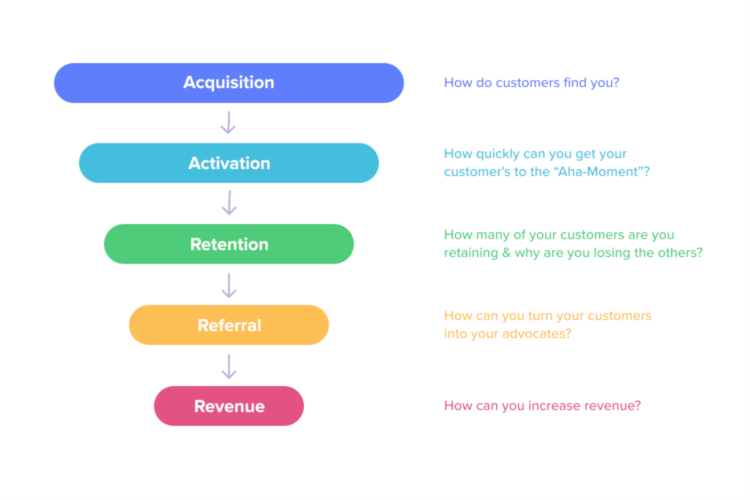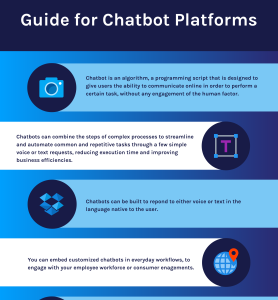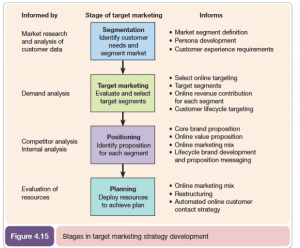Product Analyst Introduction: Product Development In The Digital Era

Digital transformation is challenging all enterprises in the world. It targets all the major business and operational processes of the company, and creates a lot of confusion and uncertainty in the internal team. To promote digital conversion in the right direction, competent experts, including analysts, are needed. Three years ago, business analysts reached a consensus on the basic objectives of the project business analysts(). Now it’s Auriga’s business analyst’s turn to introduce the work of product analyst. The products of technology companies are their main source of income. Therefore, the successful digital conversion of the product development cycle is one of the main goals. Product analysts typically perform various projects, such as web or mobile application development. It is difficult to overestimate their contribution to product development(and the business of the owner company). This paper discusses their role in digitalization and how to realize the automation of product analysis process.
Product analysis: the road to growth
Digitalization helps improve enterprise efficiency, which often leads to cost savings and increased profits. IT costs are invested with measurable NVPs and returns. However, the reduction of internal process cost is only a part of the net profit. The other is the company’s income. B2B and B2B companies are committed to marketing digital products(sites, markets, mobile applications and portals) with which users can seamlessly interact. Without investing in product development and analysis, investing the budget in digital product development and potential customer acquisition can greatly reduce investment income.
Define User Path
The modern digital product development method based on the principle of agility means the adaptability of the product to the constantly changing and rapidly changing market demand. Before you change an existing product, it is important to determine what you want to change. If users(employees) use an internal accounting system that fully complies with the instructions, business processes will change. In addition, in digital products, users(potential or current customers) do not need to follow any instructions, and user behavior and interaction with products are based on change. Product analysts understand how to define customer journeys and user preferences for ongoing analysis and product modification.
Strengthen product and market relations
In fact, the product analyst is responsible for:
-
Assume search growth(defining smart changes in digital products)
-
Evaluate the impact of changes on business indicators(potential growth forecast).
-
Introduce the quick what if test option(define the way to quickly apply changes to determine the positive impact of changes on indicators) and
-
Verify the effect of assumptions(adopt changes) and propose other changes.
By regularly performing these tasks, enterprises can quickly respond to market changes. In terms of decision-making, expert analysts>
After defining the indicators, the analyst must deploy a user activity tracking tool to collect data on customer journeys and how customers use the product at each funnel stage. The analyst defines all possible user paths and the main events that trigger the required transactions in each step. The tracking system can collect data from the first user contact(such as Google Ads) and switch to profitable transactions of the company. The collected data will be used as input analysis in the next step.
- User path analysis
In the analysis phase, the product analyst defines the user path of the final successful transaction. As mentioned above, unlike the internal business process of managing employee behavior, users can perform various(unpredictable) operations. The process of their first contact and conversion has changed a lot. An analyst analyzed the average travel length, user behavior, and the number of “lost” users who did not make profits from trading. Product analysts use queue analysis tools to reveal the dependence and meaningful insight of user characteristics, acquisition channels, behaviors, equipment used, seasons, etc. Analysis represents changes that create growth assumptions or apply to products.
- Create and test a home
Not all assumptions can be realized; one of them should be given priority. To this end, product analysts will evaluate the impact of plan changes on product indicators. For example, implement impact mapping techniques. But that does not guarantee growth. Any hypothesis is just an idea, and its validity can only be proved or refuted through tests. Analysts will determine how to implement changes quickly and effectively and track results. The analyst will modify the product to the minimum, verify the assumptions, and the less resources invested in the product, the better. The main standard is to capture the actual effect of modification determined by customer behavior.
In order to evaluate the effectiveness, the analyst compares the newly obtained data with the results of the previous period, or with the results of the comparison user group(a/B test), that is, only the specific user type is changed without applying the changes.
Assumption analysis is rejected or confirmed after completion. It is then passed on to the engineering team as part of the new functionality of the product.
Why do companies need product analysts
With reasonable efforts and efficient monitoring, you can build and maintain continuous digital product development and quickly respond to market changes. Product analysts can participate in the development process before the product is released or when the customer is already using the product.
Typically, product development teams need product analysts to complete specific tasks.
-
Keep users
-
The product meets the market expectation(target audience);
-
Develop a leading position in this field and
-
Better user experience
If your company needs a product analyst and you are looking for one, I suggest you pay attention to the following qualifications of the candidate:
-
Learn about modern automation tools. Product analysts use large data sets. The ability to process raw data and select the right tools is an absolute advantage.
-
Excellent analytical ability, algorithm and statistical knowledge. Automation tools are convenient, but they cannot replace human thinking. It is not enough just to get the results. People should know how to interpret results and identify potential conditions.
-
The ability to set goals and select meaningful indicators. Analysts should be able to identify and measure the core task characteristics of products without being paralyzed by perfectionism.
-
The ability to create assumptions. One of the analyst’s tasks is to develop and test assumptions to make the necessary product modification decisions. Surprisingly, many analysts are trying to create and test ideas.
-
Excellent communication skills. Analysts need to interact with many people with different roles and backgrounds, so it is important to find common ground.
If all the above information sounds difficult and you need an analyst at the moment, you must contact the company where the product analyst is located. Auriga is a customized software developer who employs developers, test engineers, business analysts, product analysts and data analysts who are ready to participate in the project.
Not all assumptions can be realized; one of them should be given priority. To this end, product analysts will evaluate the impact of plan changes on product indicators. For example, implement impact mapping techniques. But that does not guarantee growth. Any hypothesis is just an idea, and its validity can only be proved or refuted through tests. Analysts will determine how to implement changes quickly and effectively and track results. The analyst will modify the product to the minimum, verify the assumptions, and the less resources invested in the product, the better. The main standard is to capture the actual effect of modification determined by customer behavior. In order to evaluate the effectiveness, the analyst compares the newly obtained data with the results of the previous period, or with the results of the comparison user group(a/B test), that is, only the specific user type is changed without applying the changes.








